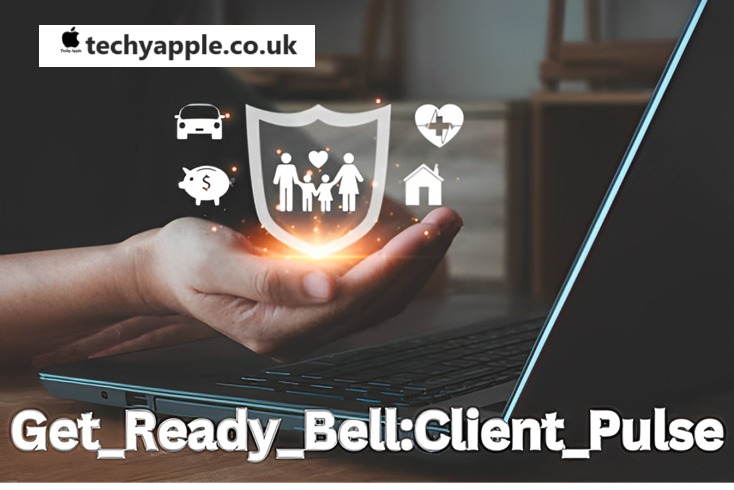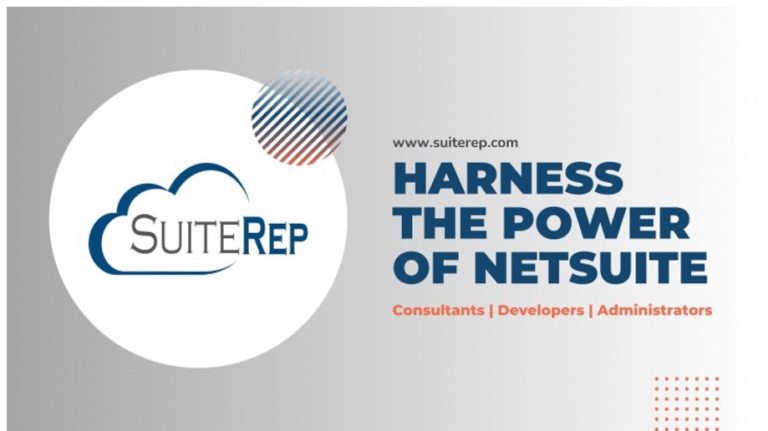Get_Ready_Bell:Client_Pulse – The Ultimate Guide to Understanding and Leveraging Client Insights
Introduction to Get_Ready_Bell:Client_Pulse
Are you looking for a way to keep your finger on the pulse of your clients’ needs, behaviors, and expectations? If so, Get_Ready_Bell:Client_Pulse might just be the game-changer you’ve been searching for! This innovative concept is designed to help businesses stay ahead of the curve by offering real-time insights into client interactions, preferences, and feedback.
In this in-depth exploration, we’ll cover everything you need to know about Get_Ready_Bell:Client_Pulse, from its importance in modern business strategy to how you can effectively implement it for maximum results. Whether you’re a small business owner, a marketer, or a customer service professional, this guide will provide actionable insights to elevate your client engagement efforts.
What is Get_Ready_Bell:Client_Pulse?
Get_Ready_Bell:Client_Pulse is a concept (or possibly a tool) designed to track, analyze, and respond to client behavior in real-time. It enables businesses to understand their customers better, anticipate their needs, and improve service delivery by leveraging data-driven insights.
Imagine having a system that alerts you when clients are on the verge of making a purchase, expressing dissatisfaction, or showing high engagement. That’s what Get_Ready_Bell:Client_Pulse is all about—keeping you one step ahead.
Why Is Client Pulse Important for Businesses?
In today’s competitive market, customer experience (CX) is the key differentiator between businesses that thrive and those that struggle. Here’s why monitoring client pulse is essential:
1. Improved Customer Satisfaction
- When businesses proactively address customer concerns and preferences, satisfaction levels increase.
- Customers appreciate brands that listen and respond promptly.
2. Better Customer Retention
- A satisfied customer is a loyal customer.
- By understanding their pulse, businesses can tailor their approach to keep customers coming back.
3. Higher Conversion Rates
- When you know what excites or frustrates your customers, you can refine your offerings and marketing strategies.
- Personalized interactions lead to better engagement and higher conversions.
4. Data-Driven Decision Making
- Businesses can make informed decisions instead of relying on guesswork.
- Tracking client pulse helps in forecasting trends and optimizing strategies.
5. Competitive Advantage
- Being proactive rather than reactive sets businesses apart from competitors.
- Companies that understand and act on client insights consistently outperform others.
How to Monitor and Analyze Client Pulse Effectively
Tracking and analyzing Get_Ready_Bell:Client_Pulse involves a combination of tools, strategies, and best practices.
1. Leverage AI and Automation
AI-powered analytics tools help businesses monitor real-time customer interactions and sentiment analysis. Examples include:
- Chatbots with AI-driven sentiment detection
- CRM tools like HubSpot and Salesforce
- Social media listening tools like Hootsuite and Sprout Social
2. Collect Feedback Through Surveys and Reviews
Encourage customers to share their opinions through:
- Online surveys
- Product reviews
- Direct feedback forms on your website
3. Monitor Social Media Engagement
Customers frequently express their thoughts and experiences on social media platforms. Use social listening tools to:
- Track brand mentions
- Identify sentiment trends
- Engage with your audience proactively
4. Analyze Website and App Behavior
Your website and mobile app provide valuable insights into customer behavior. Use tools like Google Analytics and Hotjar to:
- Monitor bounce rates
- Track user journeys
- Identify engagement patterns
5. Train Your Team to Recognize Client Signals
Employees who interact directly with customers should be trained to:
- Identify early signs of dissatisfaction
- Recognize buying signals
- Provide personalized service based on client pulse insights
Implementing Get_Ready_Bell:Client_Pulse in Your Business
Now that you understand the importance of client pulse, here’s how you can integrate it into your business operations:
Step 1: Define Your Objectives
Before implementing any system, clarify what you want to achieve:
- Are you focusing on customer retention?
- Do you want to improve brand engagement?
- Are you aiming to boost sales conversions?
Step 2: Choose the Right Tools
Depending on your objectives, select tools that align with your goals. Popular options include:
- Customer Relationship Management (CRM) software
- AI-driven chatbots
- Social media analytics platforms
Step 3: Gather and Analyze Data
- Collect real-time insights from customer interactions.
- Identify patterns and trends that reveal client sentiment and preferences.
Step 4: Take Action Based on Insights
- If negative feedback is common, refine your customer service approach.
- If a product is trending, capitalize on it through targeted promotions.
- Use insights to personalize marketing campaigns.
Step 5: Continuously Optimize and Improve
- Regularly review analytics and make necessary adjustments.
- Stay updated with new trends and technologies that enhance client pulse tracking.
Conclusion
Get_Ready_Bell:Client_Pulse is more than just a concept—it’s a powerful strategy that helps businesses stay in tune with their customers. By leveraging real-time insights, companies can enhance customer satisfaction, boost engagement, and drive business growth.
Whether you’re a startup or an established brand, monitoring client pulse is no longer optional—it’s a necessity for success in today’s digital landscape. Start implementing these strategies today, and watch your business thrive!
Frequently Asked Questions About Get_Ready_Bell:Client_Pulse
1. What is Get_Ready_Bell:Client_Pulse?
It is a system or strategy designed to track and analyze customer behavior, preferences, and interactions in real-time to enhance engagement and satisfaction.
2. Why is client pulse important for businesses?
It helps businesses improve customer satisfaction, retain clients, increase conversions, and make data-driven decisions.
3. What tools can I use to track client pulse?
You can use CRM software, AI chatbots, social media listening tools, and website analytics platforms like Google Analytics.
4. How can small businesses benefit from Get_Ready_Bell:Client_Pulse?
Small businesses can use it to personalize customer interactions, enhance brand loyalty, and improve service delivery without needing large budgets.
5. How often should I analyze client pulse data?
Regular analysis is key. Weekly or monthly reviews are recommended, but real-time monitoring is ideal for immediate action.






